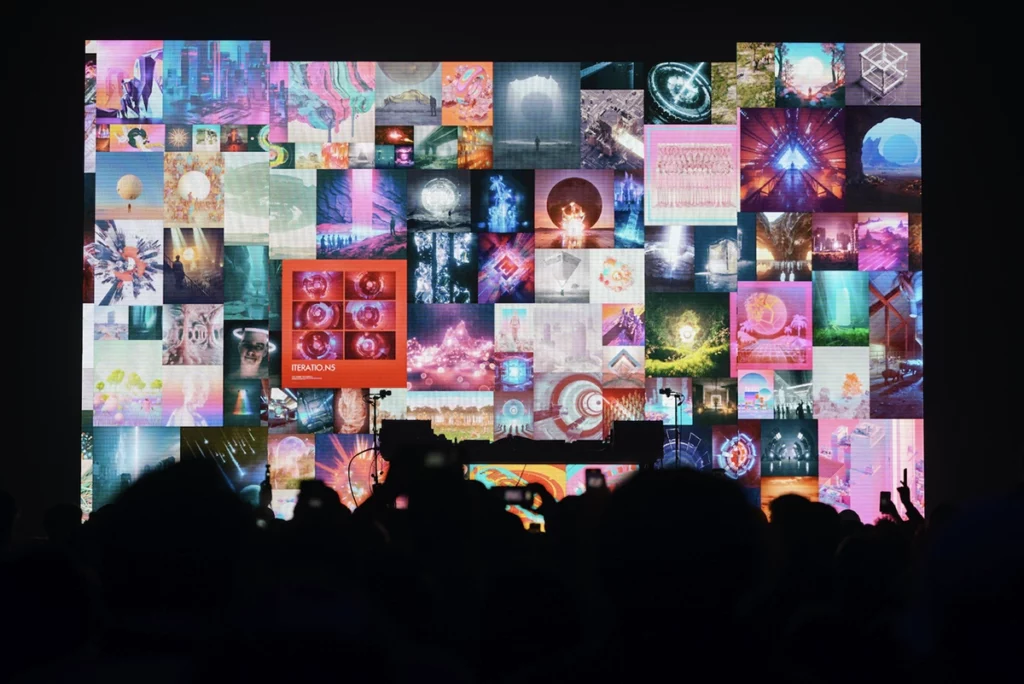Essential Strategies for Maximizing the Durability of Your LED Wall
Wiki Article
LED screens are becoming progressively widely used for various purposes, from marketing to entertainment. To guarantee that these screens function effectively over the years, it is essential to adopt tactics that extend their lifespan. Comprehending the elements that influence the durability of Light Emitting Diode walls can help users sustain their performance and avoid unneeded replacements.
One of the primary elements that can prolong the lifespan of an Light Emitting Diode wall is appropriate setup. It is crucial to have a skilled crew handle the installation process to guarantee all parts are correctly connected. Inadequate setup can lead to electrical issues or physical damage. Additionally, the location of the Light Emitting Diode wall should consider environmental factors such as light exposure and humidity levels. A properly set up display in a suitable site will reduce the chance of damage caused by outside elements.

Regular upkeep is another key tactic to extend the lifespan of an LED wall. This entails regular checks to check for any signs of wear or failure. Dirt and debris can accumulate on the surface of the Light Emitting Diode screens, impacting brightness and color quality. Cleaning the displays with suitable cleaners will help maintain optimal clarity. It is also important to monitor the electronics behind the display, making sure that all links are tight and that there are no heat issues, which can significantly shorten the lifespan of the components.
Power management plays a crucial role in improving the longevity of an Light Emitting Diode screen. Excess voltage or fluctuating power supply can damage the internal circuitry. To prevent this, using a reliable electric supply and putting in place overvoltage protection strategies is advisable. Additionally, setting the display to operate at reduced brightness levels when high brightness is not necessary can lessen stress on the lights. This not only prolongs the durability of the wall but also conserves energy, making it a cost-effective choice.
Furthermore, program control can affect the performance of LED walls. Regularly updating the software that controls the display guarantees that it operates smoothly and includes any essential safety patches. Old software can lead to performance issues and may expose the system to visit the site vulnerabilities. Proper scheduling of content can also help in managing the demand of the screen, permitting it to rest during non-peak hours, which can contribute to a longer lifespan.
In conclusion, extending the durability of an LED wall involves a mix of proper installation, routine maintenance, effective power management, and careful program management. By concentrating on these critical strategies, operators can guarantee that their LED screens stay functional and aesthetically pleasing for many seasons. Implementing proactive measures will not only enhance the performance of the LED screen but also provide a better yield on investment over the years.